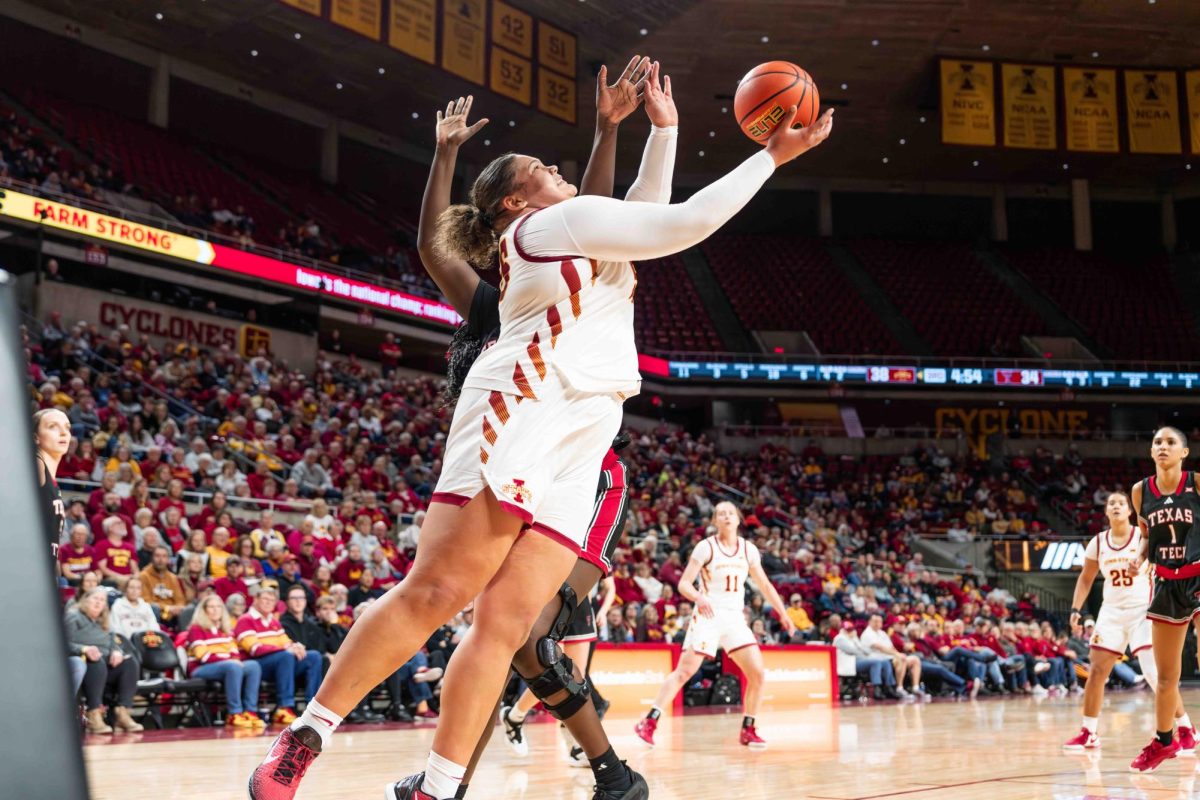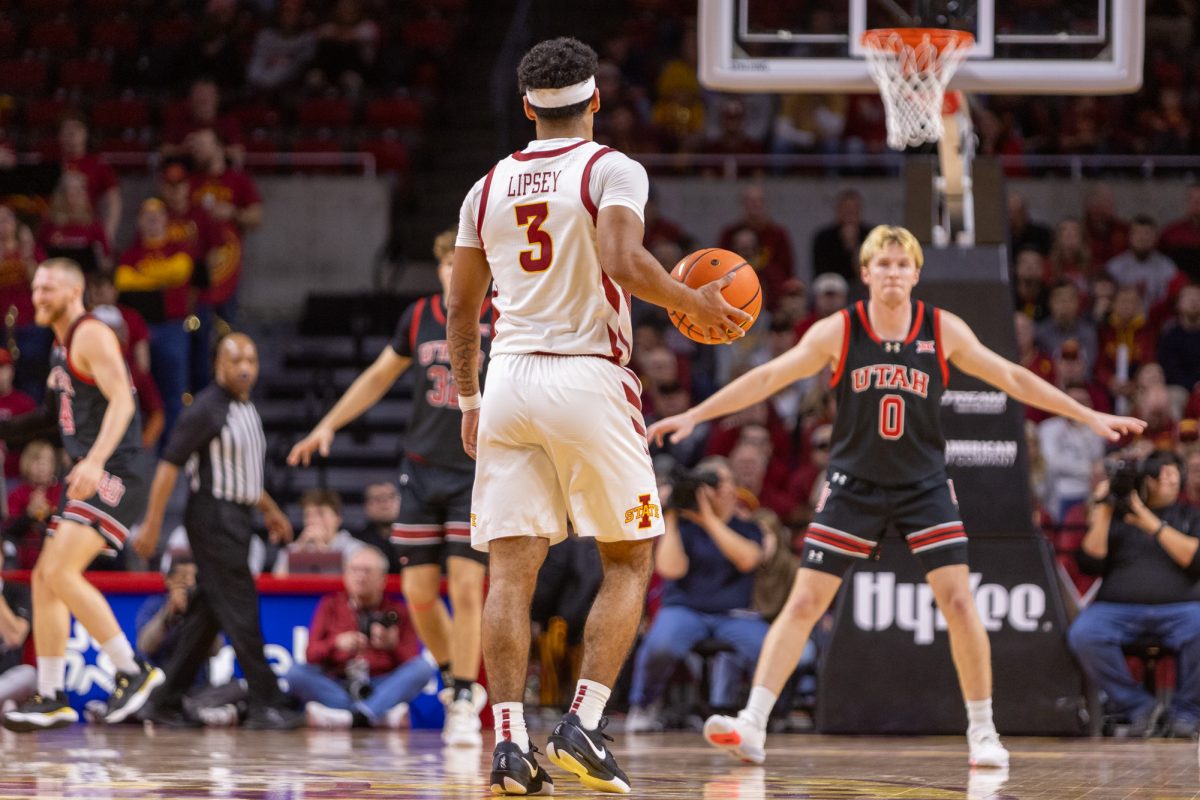Study finds ISU student gambling to be a problem
November 1, 1996
The lure of lady luck.
Gambling among college students is an increasing problem, a recent study of Iowa State student gamblers shows.
“Gambling appears to be a problem that starts casually, but then it gets bigger and bigger and more of a problem,” said Tahira Hira, professor of human development and family studies.
Hira spoke to a crowd of nearly 200 on Thursday at the “Gambling and the Family” conference in the Scheman Continuing Education Building.
The conference was sponsored by the ISU College of Family and Consumer Sciences and highlighted the results from the study, conducted by faculty within the college.
“Over half of the students who participated in this data collection, 52 percent, said they gambled regularly and averaged about $50 each time,” Hira said. “This is a shocking number of students.”
The greatest percentage of students get their gambling fix through the lottery.
Sporting events, poker games and casinos are also popular among students.
“Students also gamble on video games and horse races,” Hira said. “I am concerned about the amount of money spent, sometimes as much as $700 at a time.”
The main reason for gambling among students, according to survey data, was entertainment.
Winning money was a stronger motivator for males than females.
Participants in the study said that they grew up in an environment where people in the family gamble. “Seventy percent of the students said their parents knew about their gambling and didn’t mind,” Hira said. “This is because these families are gamblers, too.”
As part of the study, students were asked how to help addicted student gamblers.
The common response was the need for more pamphlets, hot lines, confidential financial help and a place to talk about addiction.
“Students want facts,” Hira said. “They need figures for the probability of winning and losing, information on how much money is won and lost, signs of gambling addiction, characteristics of compulsive gamblers, real-life stories and statistics on how fast you can lose money gambling.”
Hira said the objectives of the study were varied.
“We wanted to find out the extent and type of student gambling, the causes and consequences of gambling, the need for the educational materials and the types of educational information that should be provided to students.”
Data for the study was collected by surveys during the summer and fall of 1996 and through three focus groups.
Five colleges were represented in the study, with the majority coming from the College of Family and Consumer Sciences and the College of Business.
Fifty-one percent of the students surveyed were male and the majority were sophomores and juniors.






